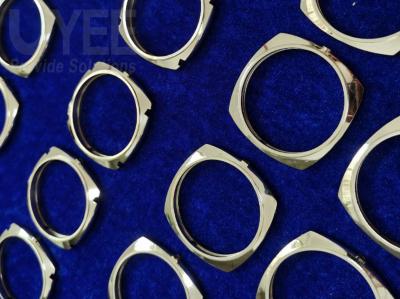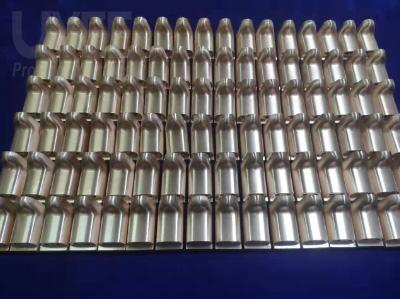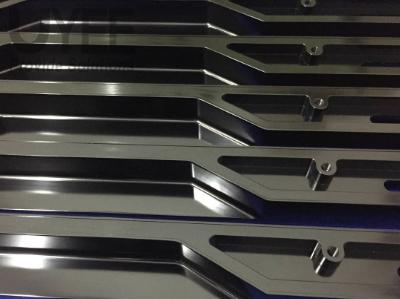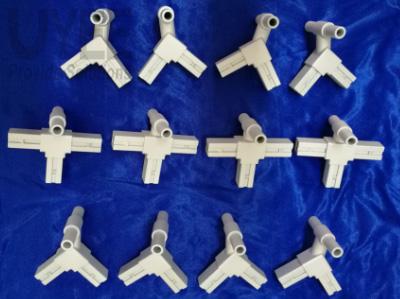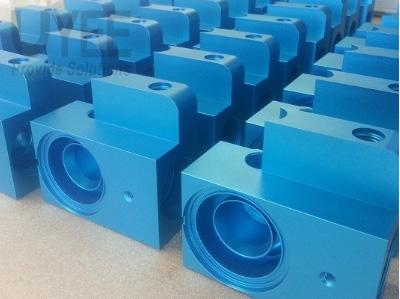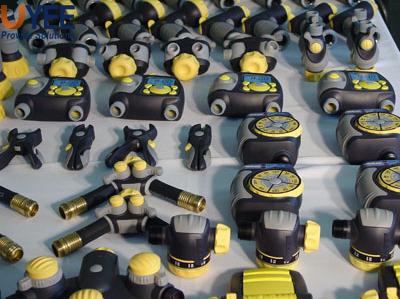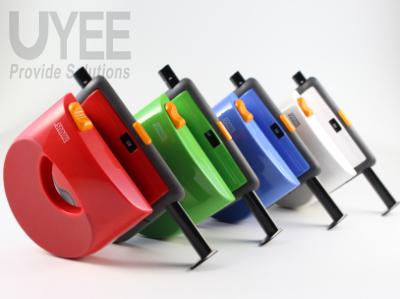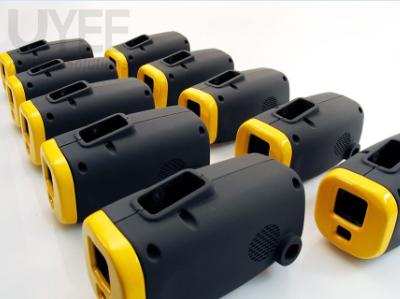3D printing, robotics, and automation are examples of digital innovations that have made their way into prototyping and manufacturing. The key to success is to be able to handle pace and difficulty with ease. After all, we live in an age of instant gratification, with consumers wanting more choice and customization than ever before.
Although this form of atmosphere fosters immense potential, it also poses many challenges when rushing. It’s one thing to go from concept to prototype, but it’s quite another to go from prototype to “manufacturing.” As product lifecycles shorten and new product launch cycles shorten, it is essential to prioritize nimble innovation and time-to-market.
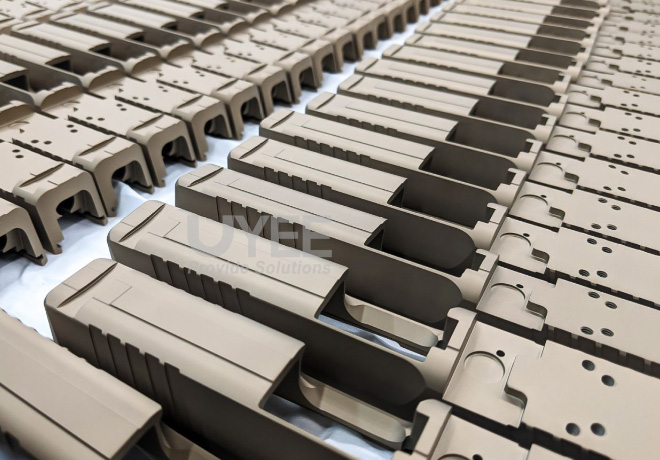
What is Low-Volume Manufacturing?
Low-volume manufacturing typically includes 100 to 100K components, depending on the processing methods, manufacturing techniques, mold tooling, and materials used. Compared to the numerous risks and costs associated with rushing to “mass commercialization,” low volume manufacturing strategy eliminates risk, makes the design more versatile, shortens time-to-market, and provides opportunities to save production costs. All stakeholders benefit from successful short-run or low-volume production solutions across the product lifecycle, from design to manufacturing and the supply chain and customers.
The Main Difference Between Prototype and Low Volume?
Active low volume manufacturing is one of the most undervalued fields of manufacturing. Companies are searching for low-volume solution providers to avoid and address ramp problems before high-volume development due to the many uncertainties and costs associated with scaling too fast to “mass commercialization.”
Unfortunately, when it comes to low volume, businesses are generally forced to use either costly level 1 manufacturing capabilities or level 2 or 3 services, none of which are well suited for the task. Start-ups, on the other hand, are unable to access the required skills and resources due to their low-volume manufacturing requirements.
Consumers today have higher standards for customization and diversity than ever before. Flexible innovation and time-to-market are vital components of your strategy as your product lifecycle shortens and your new product launch cycle shortens. As a result of these, product design evolves quickly, and product developers move their emphasis from mass production to low-volume manufacturing.
The Benefits of Low Volume Manufacturing
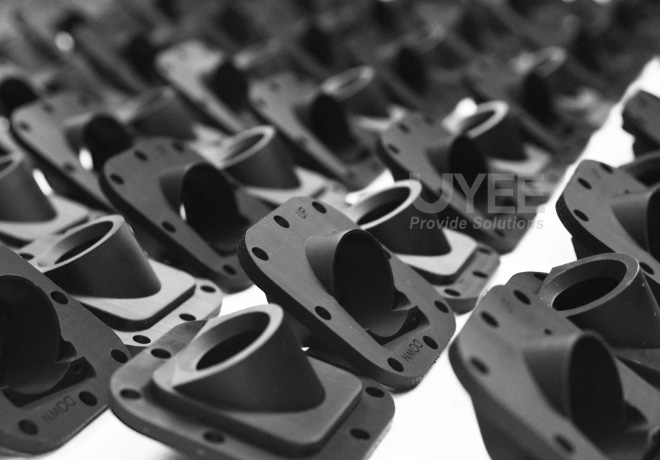
Customized Low Volume Manufacturing has become very popular process today ,because it helps you to reduce the tooling cost so much ,without minimum orders limited, .It hugely fast make a feedback to shorter new product life cycles and as a bridge between the prototype and mass production .It is getting shorter and shorter on innovation and product life cycles, requiring a highly efficient new product manufacturing types to meet client’s various requirements .Obviously ,more and more clients wanted their projects to be manufactured in a low volume way in the future with the industry constantly development and the market updated ,thus ,they won’t take more risks, and enable new product to join into the market early to get more opportunities for the marketing strategy.
Design Iterations More Flexible
Creating low-volume product runs allows you to validate the design, engineering, and manufacturability before investing in costly manufacturing tools and mass production. After the initial pilot run, rapid design iterations will further refine and enhance the product until it gets released to more customers.
Shorter Time To Market
With the retail industry becoming more competitive, being the first company with unique products to promote the market will mean the difference between success and failure. Because of the combination of intensely competitive and volatile markets, developers and design engineers are under rising pressure to deliver high-quality products in the shortest period possible. Manufacturing will ensure the project’s viability and get your product to market quicker and at a lower cost because development and supply chain support get tailored for low-volume products.
Short Turnaround While Lower Cost
As the costs of tooling and set-up become more essential components of the project budget, low-volume manufacturing processes are frequently more cost-effective than mass-produced due to quicker in-building and shorter cycle time, lowering the total cost of production.Furthermore, to fund their significant manufacturing investments and cover set-up costs, mass production facilities often enforce minimum order requirements. Low-volume suppliers, on the other hand, can assist you with a quicker and more flexible order. It is particularly advantageous for start-ups and small to medium-sized businesses.
Bridge The Gap To Production
Producing hundreds to thousands of pre-production components before going to mass production can be a very beneficial move. The sample runs will be able to bridge the gap between prototype and production. Allowing you to complete functional, shape fit, and engineering design verification sooner, show potential customers and salespeople a final finished product and let any problems be found and fixed before they get moved to manufacture.
Bottom Line
Parts/products get produced using rapid tools or individual parts/products manufacturing processes, depending on the business or the parts/products you have (such as 3D printing, CNC machining, and vacuum casting). If you work in the automotive industry, small quantity order manufacturing services can create a rapid tool that can manufacture 50,000 to 100,000 parts in a short period. Low-volume production services will provide you with 1000 parts if you work in the medical industry. Small batch manufacturing services will provide you with 50-100 details if you are in the prototype testing stage of a new product. CNC machining and 3D printing are becoming increasingly crucial in low-volume manufacturing due to manufacturing components’ growing speed. Vacuum casting is also a good option for low-volume production since it is relatively inexpensive.
We Are Low Volume Specialists
At UYEE , We provide a series of low volume manufacturing service to our clients quickly and economically ,but without the compromise of quality .From precision CNC machined parts to rapid tooling ,including Silicone molding and Sheet metal. Our production capability is key in helping us to provide rapid, quality, and cost-effective low volume manufacturing solutions to our clients from all industries.

